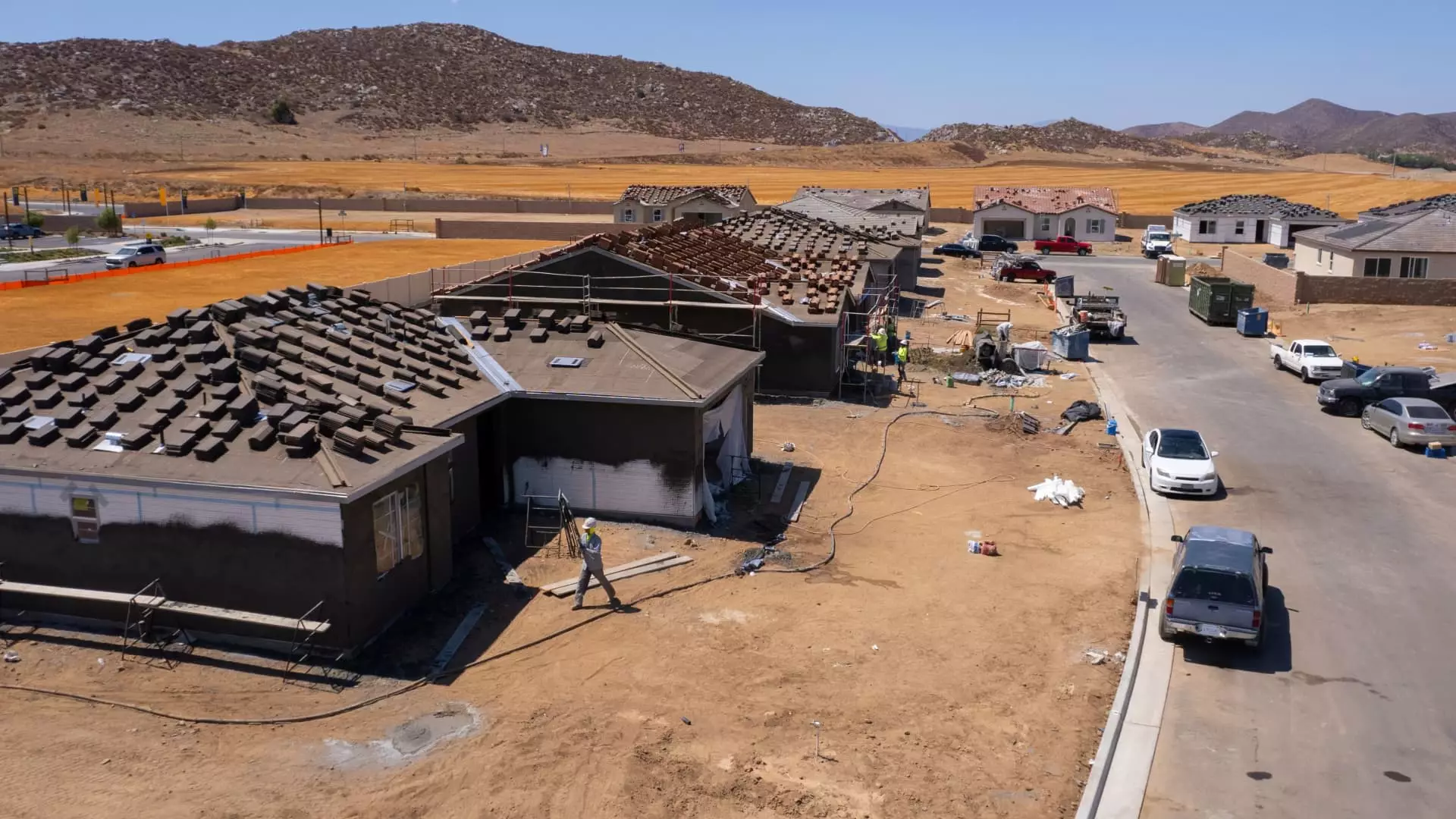The housing market in the United States has reached a pivotal moment characterized by exceptional strength in demand, particularly favoring large-scale homebuilders. In an ever-evolving landscape, these builders are strategically acquiring smaller companies to enhance their market share and product range. This trend is seeing unprecedented mergers and acquisitions (M&A), particularly as buyers from both the domestic sphere and overseas, particularly Japan, enter the fray. Analyzing the underlying forces influencing this growth is essential to understanding the future of both the housing market and construction industry in the U.S.
Understanding the Surge in M&A Activity
As of this year, the U.S. housing sector has seen a historic volume of M&A activity among single-family homebuilders. According to industry experts led by Margaret Whelan of Whelan Advisory, this surge is not just a statistical anomaly but rather a reflection of an ongoing trend driven by several key factors. This year alone has registered 19 deals, with projections indicating that the total could reach even higher with several more in the pipeline. This is notably impressive when contextualized against an average annual rate of 12 deals over the previous five years.
Central to this M&A boom is the unyielding demand for housing that took off during the pandemic, spurred on by historically low mortgage rates. However, this demand is contrasted by a significant housing shortage that has emerged as interest rates have increased. Homeowners are now reluctant to sell their properties, fearing they might lock themselves into higher mortgage rates, a phenomenon commonly referred to as the “mortgage rate lock-in effect.” This duality of soaring demand and contracting supply has created an opportunity for large builders to capitalize on the market dynamics.
The Game Changers: Large Builders vs. Smaller Firms
The current landscape highlights a stark division between public and private builders. Large public builders have marked a notable increase in market share—from representing one in six homes for sale five years ago to now claiming one in three. This dramatic shift underscores their ability to tap into financial resources and leverage lower borrowing costs, giving them an edge over their smaller counterparts. The capacity for larger firms to absorb and acquire smaller ones solidifies their dominant position and reshapes the competitive landscape of the homebuilding industry.
Experts note that public builders not only have better access to capital but also naturally position themselves to expand their operations through strategic acquisitions. Companies like Sekisui House, a Japanese firm that recently acquired MDC Holdings, exemplify the potential for foreign entrants to reshape the domestic market. Whelan emphasizes the intention of Japanese builders to leverage their competitive advantages in value engineering—applying methodologies that minimize waste and maximize efficiency.
Japanese companies are emerging as fierce competitors in the U.S. homebuilding scene, bolstered by comparatively cheaper capital and lower home market growth rates in their home country. The competitive edge offered through efficiency practices, such as 3-D modeling before construction and prefabrication techniques, makes them a formidable force. By adopting these methodologies, they can dramatically reduce waste and potentially drive down construction costs, which may lead to more affordable housing solutions.
This competitive infusion is not just about gaining market share; it is also about innovating practices within the home construction industry. As indicated by Whelan, adopting technologies that have proven successful in Japan could revolutionize how homes are built in the U.S., offering the promise of sustainability and cost-effectiveness that are increasingly needed in today’s economy.
Looking forward, the trend of consolidation within the housing sector is likely to persist well into the next year. The unique dynamics of long-term deals in the M&A space ensure that this momentum will not wane quickly. Furthermore, potential shifts in government policies—including efforts to make more federal land available for development—could further galvanize this growth. However, there are pivotal stressors on the horizon, particularly concerning labor shortages exacerbated by immigration policies that may affect the workforce vital for home construction.
The ongoing M&A activities and the shifts within the U.S. homebuilding market signal a transformative period. Both domestic and foreign builders are vying for a larger share of this lucrative market, driven by demand, innovative practices, and strategic financial maneuvers. How effectively these players adapt to economic pressures, regulatory challenges, and the evolving needs of homebuyers will shape the landscape of the housing market in the United States for years to come.

